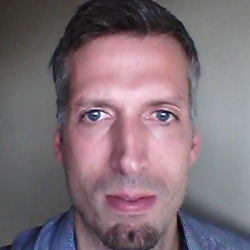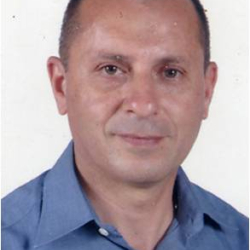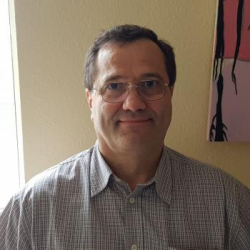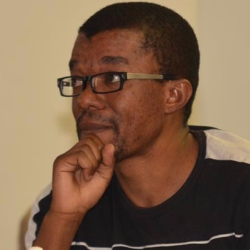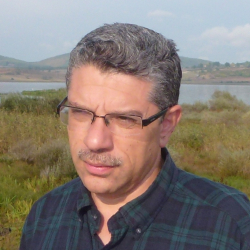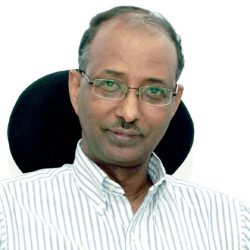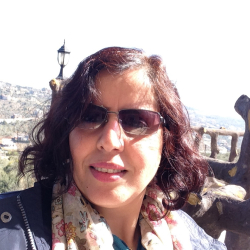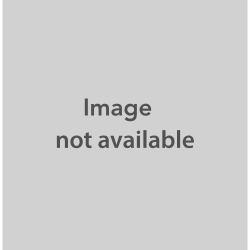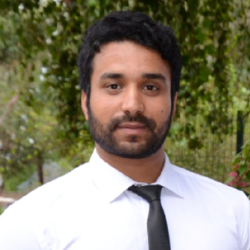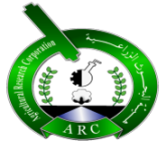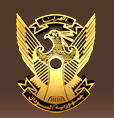Sudan covers 1,886,068 km² and is home to a total population estimated at 38 million. The country has a high poverty rate with low HDI. The country’s land resources are dominated by arid and semi-arid ecosystems, a vulnerable situation for rainfall-dependent agro-pastoral areas (the most prevalent form of agriculture in Sudan).
Pastoral and agro-pastoral systems are the mainstay of the economy as products derived from these livestock systems are the primary source of income – especially in Kordofan. However livestock productivity is low due to insufficient feeding capacity, lack of veterinary services and water scarcity. The small holder farmers are also at a market disadvantage due to lack of market information, bargaining and access.
Furthermore, land degradation and limited water storage capacity, due to inappropriate resource management and climate change, are a serious concern. Land degradation, water scarcity and climate change have a negative impact also on wheat production: the major source of calories and protein in the country.

